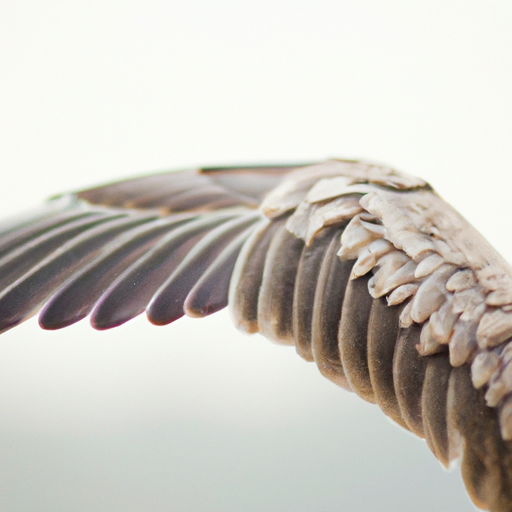As the winter season approaches, have you ever noticed that some birds seem to disappear from your neighborhood? Well, these birds are actually migrating to warmer places for the winter! But how do they know where to go and how do they get there?
Migrating birds use a combination of their sense of direction and the Earth’s magnetic field to navigate their way to their winter homes. They also use the position of the sun in the sky and the stars at night to orient themselves.

Birds also use their sense of smell to help guide them on their journey. They can pick up on the scent of certain flowers and plants that only grow in certain areas, which helps them find their way to their destination.
Migrating birds also have special physical adaptations that help them make the long journey. Many birds, such as geese, have strong wing muscles that allow them to fly long distances. They also have the ability to store fat in their bodies, which gives them energy to keep flying.

During the winter months, it is not uncommon for migrating birds to travel thousands of miles to reach their destination. This is no small feat, but these birds are determined and have the skills and adaptations needed to make the journey successfully.

Next time you see a migrating bird, take a moment to appreciate the amazing journey they are undertaking. And who knows, you may even be lucky enough to see some of these feathered friends return to your neighborhood in the spring!





